Forbidden Island Board Game Review
Welcome to The Board Game Dialogue, where the best board games get the spotlight—and a voice. Today, we journey to a mysterious place that’s beautiful, treacherous, and on the brink of collapse. That’s right—we’re heading straight to the sinking shores of Forbidden Island, one of the most beloved cooperative board games in the modern tabletop world. So grab your gear, team up with some brave adventurers, and let’s see what this island game has to say for itself.
What Is Forbidden Island?
Before we dive into the interview, let’s take a moment to introduce this modern classic for those new to the hobby.
Forbidden Island, designed by acclaimed co-op mastermind Matt Leacock, is a fast-paced cooperative board game for 2 to 4 players. Released in 2010 and published by Gamewright, this island board game challenges players to work as a team to collect the four sacred treasures before the entire sinking island disappears beneath the waves.
Players take on different roles—like the Pilot, the Diver, or the Engineer—each with a unique special ability. The mission? Capture the Crystal of Fire, the Statue of the Wind, the Ocean’s Chalice, and the Earth Stone, then make your way to Fools’ Landing for an emergency helicopter escape. But as the game progresses, tiles on the board flood and vanish, increasing the pressure with every turn.
With elegant mechanics, quick setup, and rising tension, Forbidden Island is a fantastic entry point into the world of cooperative board games, especially for new players or families.
Player Count: 2–4 players
Playtime: 30–45 minutes
Complexity: Light-to-Medium
Mechanics: Tile Grid Movement, Hand Management, Variable Player Powers
Theme: Sinking Island Treasure Hunt
Now, let’s meet our guest—the bold, mysterious, and always dramatic Forbidden Island.
From the Designer of Pandemic: What Makes Forbidden Island Different?
Me: Forbidden Island, it’s great to have you here. You’ve got quite the reputation—not just as a modern classic, but also as the spiritual sibling to another legendary game, Pandemic. Designed by the same mind, Matt Leacock. What’s your take on the comparison?
Forbidden Island: Oh, I get that all the time. And yes, we’re definitely cut from the same cloth. We’re both cooperative board games, we both have players working together against the clock, and we both love making things worse every turn. In Pandemic, you’re collecting cards to cure diseases. In my world, you’re collecting cards to claim four sacred treasures.
Me: There’s also that steady sense of escalation—just like in Pandemic, things don’t stay calm for long.
Forbidden Island: Absolutely. In Pandemic, the stress comes from those disease cubes multiplying, leading to terrifying chain outbreaks across the board. But my tension comes from a different source entirely—disappearing land.
Me: That’s a huge shift. Instead of having more threats added, you’re literally watching the board vanish.
Forbidden Island: Exactly. My tiles flood, and then sink, never to return. And unlike Pandemic, there’s no outbreak-style spreading. Instead, the pressure comes from losing access to movement, having fewer safe spaces, and—worst of all—watching crucial locations sink before you can reach them. If you lose both tiles needed to claim a treasure, it’s game over. No cure. No comeback.
Me: That’s a very different kind of stress.
Forbidden Island: It is. Think of Pandemic as a rapidly spreading crisis, and me as a slow, relentless collapse. One is a rising flood of trouble. The other is, well… an actual flood.
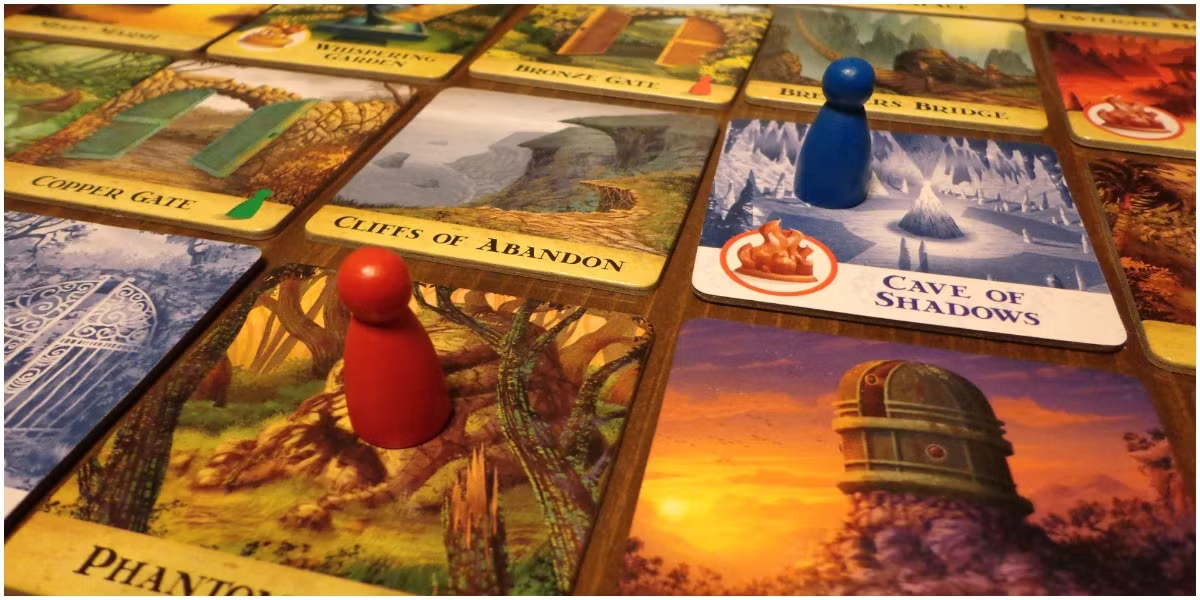
Card Management Done Right: The Hand Limit That Makes Every Decision Count
Me: Since we’re on the topic of Pandemic, let’s keep going for a moment. One of the mechanics that really stood out in both games is the hand management. You each have this really tight, clever card economy.
Forbidden Island: Oh, definitely. That’s something Matt Leacock does masterfully. He understands that a simple hand limit—just a small constraint—can lead to agonizingly good decisions.
Me: And you’ve absolutely carried that forward. In your world, every card in a player’s hand feels precious.
Forbidden Island: That’s the goal. Players need to collect matching Treasure cards to claim the sacred artifacts, but their hands fill up fast. And those cards? They’re not just for winning. They’re also competing for space with powerful action cards like the Helicopter Lift or Sandbags.
Me: And those bonus cards are so situational. You never want to use them too early, but holding onto them forever isn’t an option either.
Forbidden Island: Exactly! They’re incredibly valuable—but only in the right moment. So players are constantly wrestling with questions like: Do I keep this for a future turn? Do I use it now for a small advantage? Or do I toss it and hope I don’t regret it later? That kind of tension is small-scale, but deeply satisfying.
Me: Compared to Pandemic, your cards might do fewer things, but the emotional weight behind them is just as strong.
Forbidden Island: That’s what I aim for. Every card matters, and the act of discarding—just one—can feel like a dramatic turning point. I may be an island board game, but I know how to keep players grounded in tough choices.
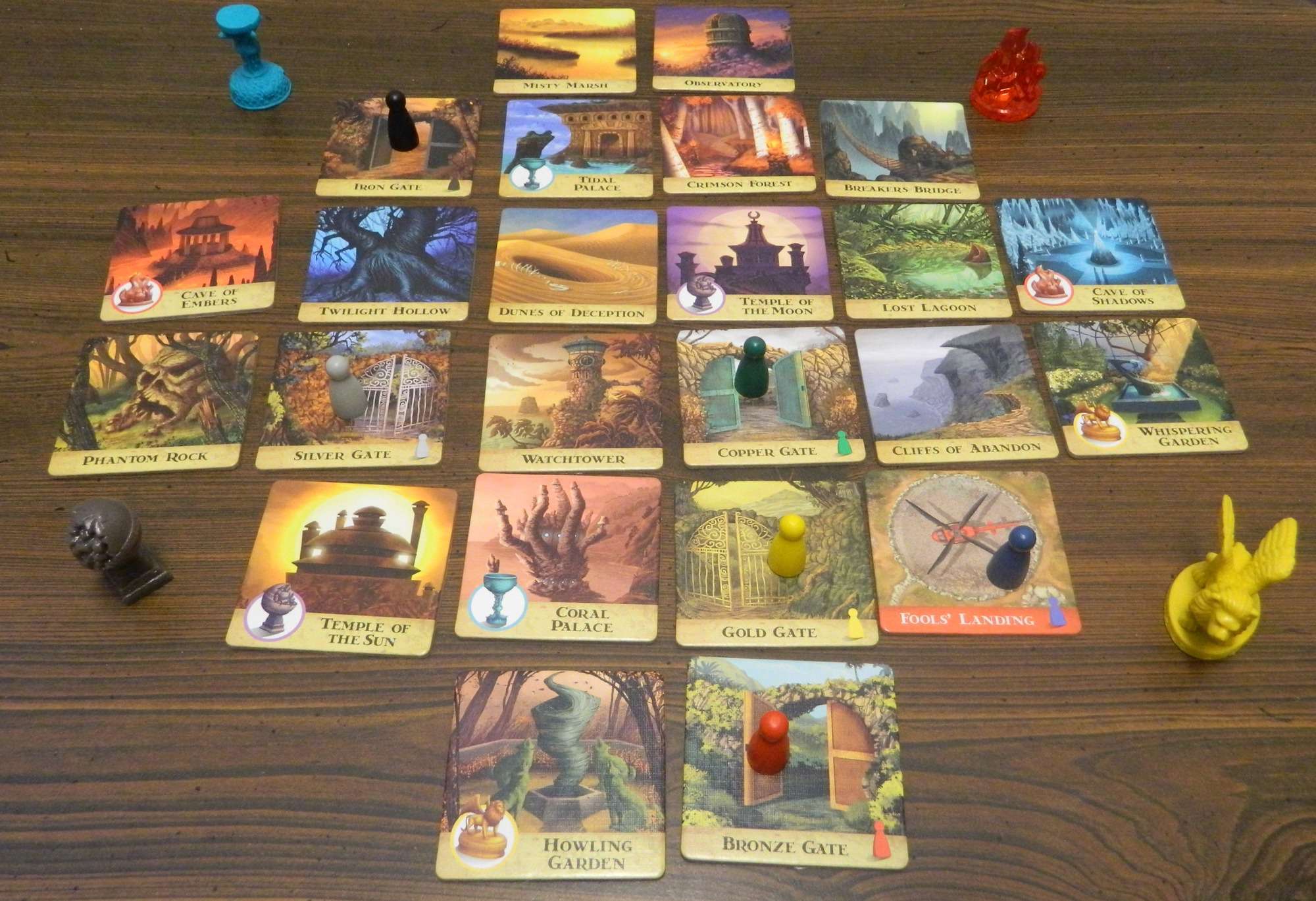
The Power of Three: Why Limited Actions Create Unlimited Strategy
Me: One more thing I couldn’t help but notice, Forbidden Island—you and Pandemic both seem to thrive on giving players just enough rope to almost do everything… but not quite.
Forbidden Island: Ah, yes. The classic three-action turn. Move, shore up, give a card, or claim a treasure—it sounds simple, doesn’t it? But that’s where the magic is. Just three actions is a limit that creates endless depth.
Me: And suddenly, every move counts.
Forbidden Island: Exactly. Moving across the island just to get somewhere is fine. But if you can move in a way that sets up your teammate to hand you the right card on their turn? Now that’s action efficiency.
Me: And the same goes for shoring up. You could save any tile, but choosing the right tile—one that keeps routes open or protects treasure sites—adds so much more value.
Forbidden Island: That’s what I took from Pandemic and reworked into my own rhythm. I want players to constantly ask, What am I gaining with each action? What am I letting go? Because often, you can’t do it all. You have to decide what to sacrifice.
Me: And that decision isn’t random either. A savvy player might even look ahead at the flood discard pile and anticipate which tiles might vanish next.
Forbidden Island: Exactly. I reward planning and foresight, but still throw in just enough unpredictability to keep things tense. In the end, I want every turn to feel like a small puzzle: three moves, countless possibilities. And every one of them matters.

What Makes Forbidden Island Unique: Constantly Escalating Tension on a Sinking Board
Me: So far, we’ve talked a lot about how you’ve learned from Pandemic. But now I want to focus on you. What makes Forbidden Island truly different? What’s your unique twist?
Forbidden Island: I’m glad you asked! While I definitely share some DNA with Pandemic, the experience I create is very different, especially when it comes to how tension unfolds during the game.
Me: Go on.
Forbidden Island: In Pandemic, tension comes in waves. Every time an epidemic card is drawn, the pressure spikes—but if players handle things well, they can bring the board back under control. There’s an ebb and flow, a rhythm to the panic.
Me: But with you, it feels like once the trouble starts, it just… doesn’t stop.
Forbidden Island: Exactly. My tension is more relentless. Instead of outbreaks, players face something far simpler and more brutal: tiles sinking and disappearing forever. Once a tile sinks twice, it’s gone. No rebuilding. No second chance. That space on the board? It just vanishes.
Me: And when that happens, it can cut off movement or—worse—take away one of the treasure locations needed to win the game.
Forbidden Island: That’s the real danger. Every turn, I slowly tighten the board, making movement harder and shrinking your options. It’s not about outbreaks spiraling out of control—it’s about watching your world shrink, one sunken tile at a time.
Me: It’s subtle, but the effect is powerful.
Forbidden Island: And that’s what makes me different. I don’t give you space to relax. I’m an island board game where the board itself is sinking beneath your feet. The pressure doesn’t ebb—it rises, steadily, until the very last move.
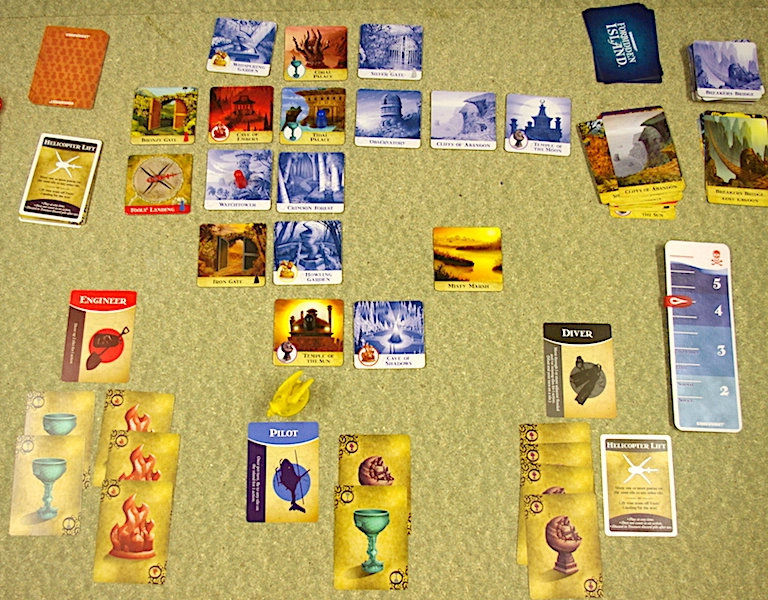
The Island Fights Back: How Forbidden Island Becomes Gives You a Deck-Building Opponent
Me: So, we’ve talked about how your tension doesn’t ease up—it just keeps rising. But there’s something else I’ve noticed the more I play. It’s subtle, but you evolve over the course of the game.
Forbidden Island: Oh, I absolutely do. Most players don’t realize it at first, but I’m secretly playing my own deck-building game—just not in the traditional sense.
Me: Wait, you’re saying you’re the one building a deck?
Forbidden Island: Think about it. At the start, my Flood deck is big and bloated. It’s pulling from all 24 island tiles, meaning it hits random places all over the board. But as players fail to shore up key tiles—or simply can’t get there in time—I start trimming the deck.
Me: And that means your hits become more focused…
Forbidden Island: Exactly. The fewer tiles remain, the more often they get targeted. And those are often the most essential locations—like treasure sites or movement hubs. Every loss makes me leaner, meaner, and much more dangerous.
Me: That definitely explains why the final turns feel so tense.
Forbidden Island: Especially because to win, players must gather together on the helicopter tile—a single point of escape. And guess what? That tile starts getting hit over and over again. Players are often watching it flood, praying it doesn’t disappear before the team assembles.
Me: So you’re not just sinking the island. You’re reshaping the whole endgame.
Forbidden Island: I start as a gentle challenge. But by the end, I’ve become a tight, pressure-packed puzzle with fewer moves, fewer spaces, and far more risk in every decision. And it’s all thanks to a quiet little deck that gets sharper every turn.
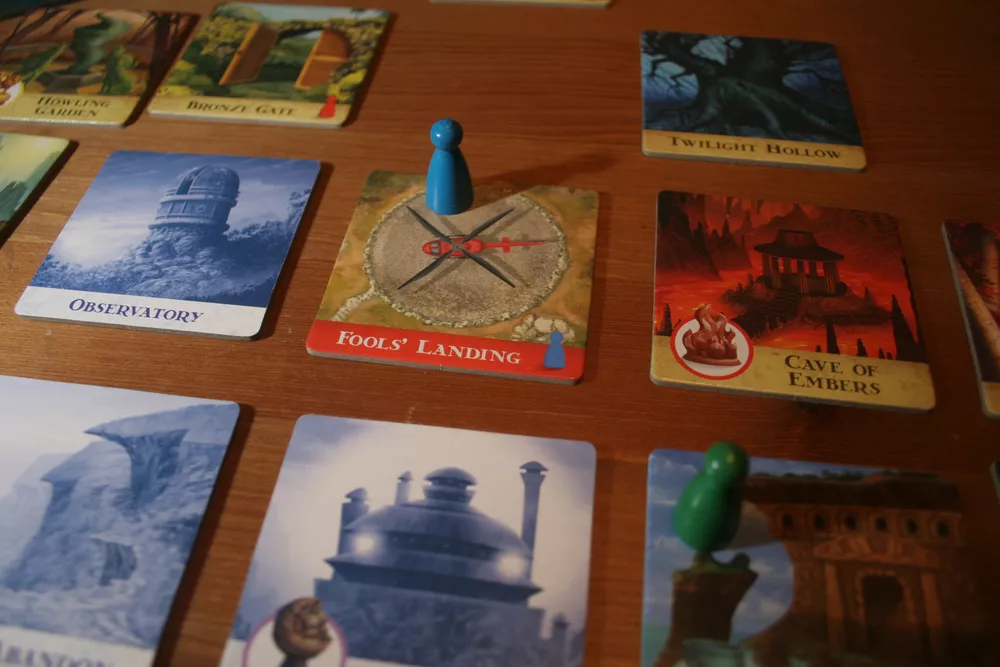
Where Forbidden Island Falls Short: Tension, Theme, and Familiar Footsteps
Me: Forbidden Island, I’ve really enjoyed our conversation, and honestly, your design does a lot of things exceptionally well. But every game has its trade-offs. Let’s talk a bit about where you might not shine as brightly.
Forbidden Island: That’s fair. I believe in being honest about my limitations. Let’s start with the obvious: as much as I try to set myself apart, I’m still very much in the shadow of Pandemic.
Me: The comparisons are hard to avoid. Even with your mechanical differences, you’re still a game about managing disaster while collecting cards to achieve a shared goal.
Forbidden Island: Exactly. I do enough to feel unique—especially with my sinking island mechanic and leaner deck—but at my core, I’m still about mitigation under pressure. For some players, that might feel a bit too familiar.
Me: And there’s the ever-present Alpha Gamer problem that cooperative games face.
Forbidden Island: Yes… the classic. One player dictating the moves of others. It’s not a flaw unique to me—Pandemic has the same issue—but it can definitely affect the experience. That said, many believe it’s more of a group dynamic issue than a game design one.
Me: Fair enough. What about theme?
Forbidden Island: I’ll admit it—I’m not as emotionally resonant as Pandemic. Players in that game are global heroes, racing to cure humanity’s worst diseases. That’s powerful, relatable, even inspirational. My ancient island treasure hunt is fun and mysterious, but it doesn’t hit quite as hard emotionally. I bring more nostalgia and adventure, but less of that “save the world” energy.
Me: And maybe your biggest strength—your constantly escalating tension—is also a weakness?
Forbidden Island: You’re right. I always build toward a final, tense showdown. There’s no downturn, no moment of safety or relief. Some players love that consistency, but it can also make games feel similar in arc. Pandemic breathes more. Its ebb and flow creates different pacing every session, which can make it feel more dynamic over time.
Me: So for all your strengths, replayability might be a little narrower.
Forbidden Island: Perhaps. But I offer a tight, reliable, and accessible experience. And for many players, especially newcomers, that’s exactly what they need.
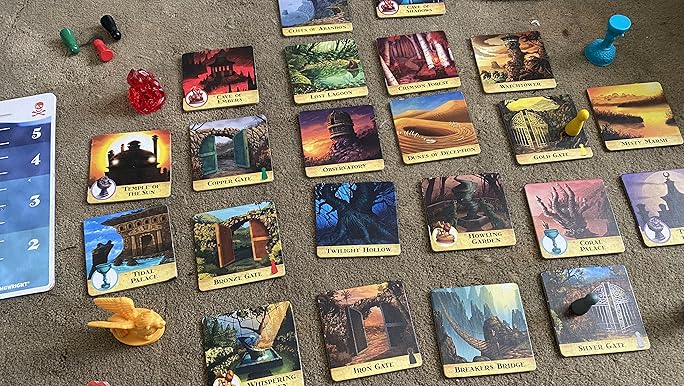
Final Verdict: A Streamlined Adventure That Welcomes Everyone
Me: Forbidden Island, thank you for joining me today. Before we wrap things up, I have to say—it’s easy to see why you’ve become such a favorite, especially for newer players and families. You’ve taken the core brilliance of Pandemic and given it a fresh, approachable twist.
Forbidden Island: That was always the goal. I wanted to offer a cooperative board game experience that’s simple to teach, fast to play, and still packed with tension and excitement.
Me: And you’ve done that beautifully. In the process of streamlining one of the most celebrated co-op games ever made, you’ve created something that’s more reliable, more inviting, and honestly—just easier to get to the table.
Forbidden Island: I might not have all the drama or emotional weight of Pandemic, but I offer an adventure you can share with anyone. Kids, adults, seasoned gamers, or total newcomers—it doesn’t matter. I bring people together around the table and give them a challenge worth remembering.
Me: And that’s the magic of it. While some of the spark might be lost in the streamlining, what we’ve gained is a game that delivers solid, satisfying gameplay every time.
Forbidden Island: That’s all I could ever ask for.
Me: So if you’re looking for a cooperative island game that offers adventure, tension, and accessibility in a single, compact box—Forbidden Island is a treasure worth diving for.
Thanks again for joining us, Forbidden Island. Stay afloat out there.
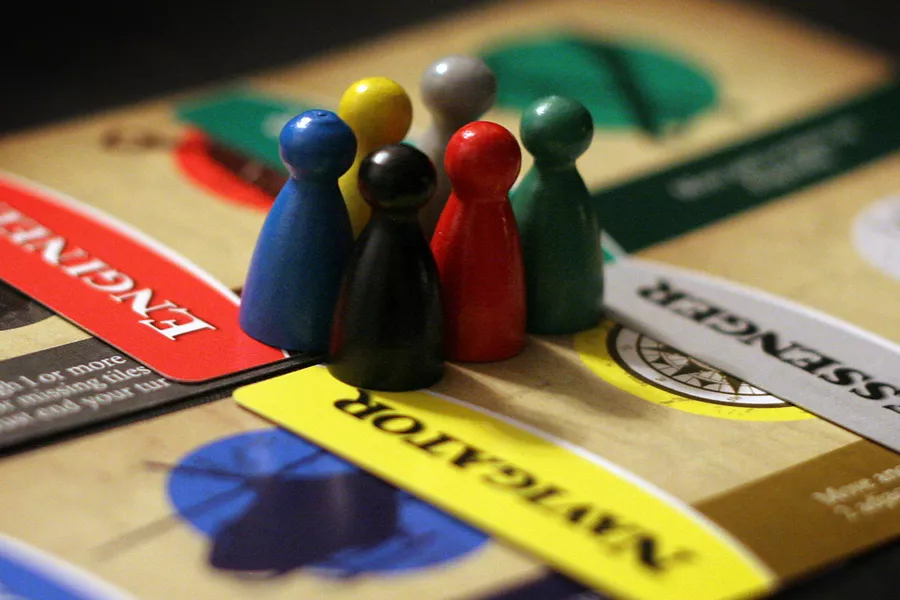
Conclusion: A Solid Cooperative Adventure with Timeless Appeal
Forbidden Island stands as a shining example of how elegant design and accessible gameplay can create a board game that appeals to a wide audience. It’s a streamlined, family-friendly cooperative experience that offers rising tension, quick setup, and a thrilling race against the clock—all wrapped in a compact, visually appealing package.
While it may lack the emotional weight and mechanical complexity of Pandemic, it excels at being the kind of game you can introduce to just about anyone. Whether you’re new to the hobby or a seasoned gamer looking for something light and engaging, Forbidden Island is always ready to deliver a reliably fun challenge.
If you’re looking for similar experiences, the entire Pandemic series is a must-try. Pandemic: Fall of Rome, Iberia, and the critically acclaimed Pandemic Legacy each bring their own unique flavor to the core system.
For something equally inviting but visually striking, Azul is another fantastic entry point into modern board gaming, blending abstract gameplay with stunning components. And if you want a more euro-style cooperative challenge with a deeply relevant theme, Matt Leacock’s Daybreak is an exceptional choice—it might just be the best-themed cooperative board game out there.
Final Rating: 8.5/10 – A Beautiful, Reliable Entry into Cooperative Gaming
✅ Pros:
Consistently rising tension keeps players engaged
Simple rules make it easy to teach and learn
Great for families, newcomers, and casual groups
Strong nostalgic, adventurous presentation
❌ Cons:
May feel repetitive after multiple plays
Susceptible to “alpha gamer” problem in some groups
Not quite distinct enough from Pandemic, which offers more depth
Forbidden Island may not rewrite the cooperative game rulebook, but it plays its role perfectly—as a gateway into the world of team-based tension and tactical teamwork.

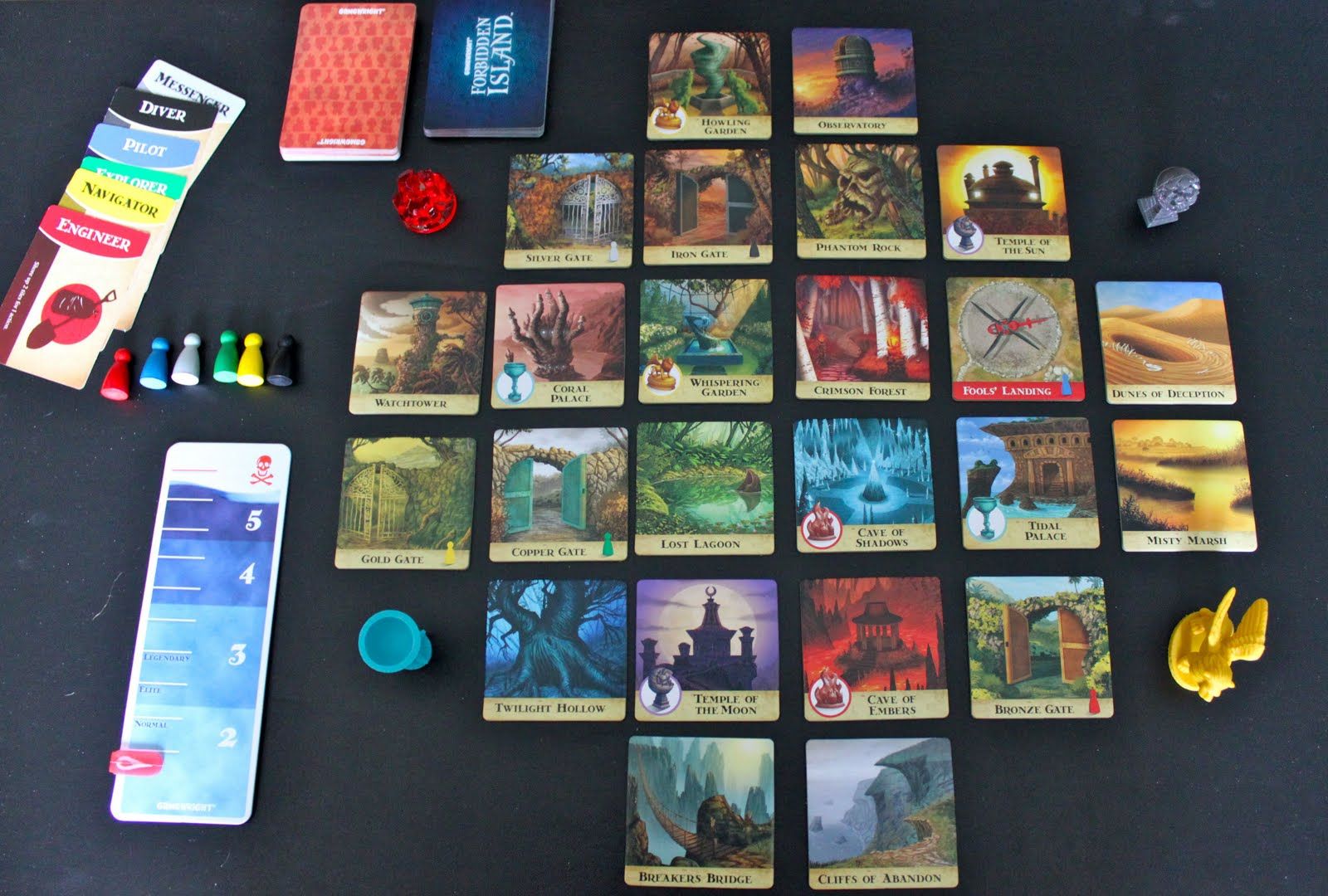


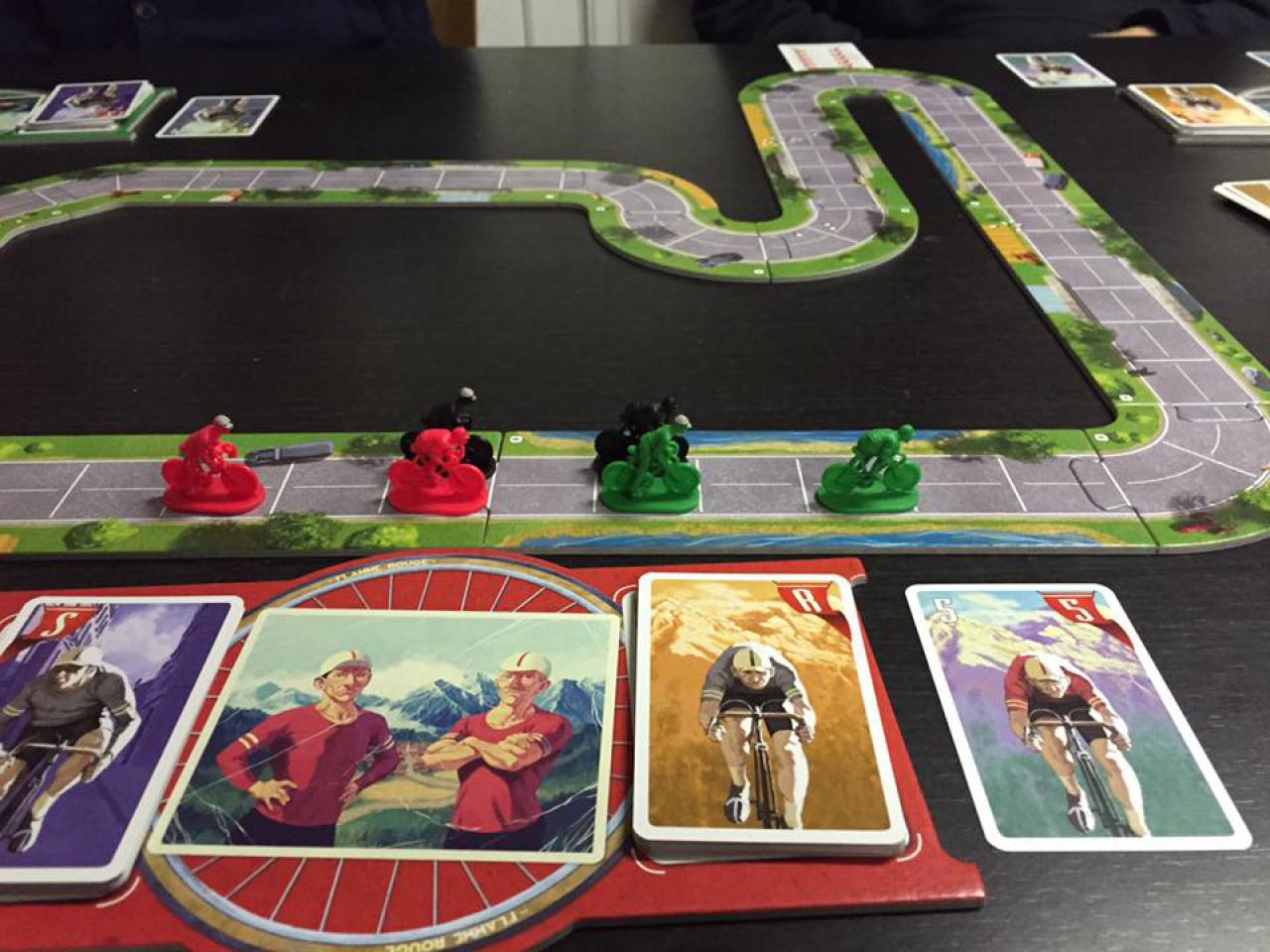
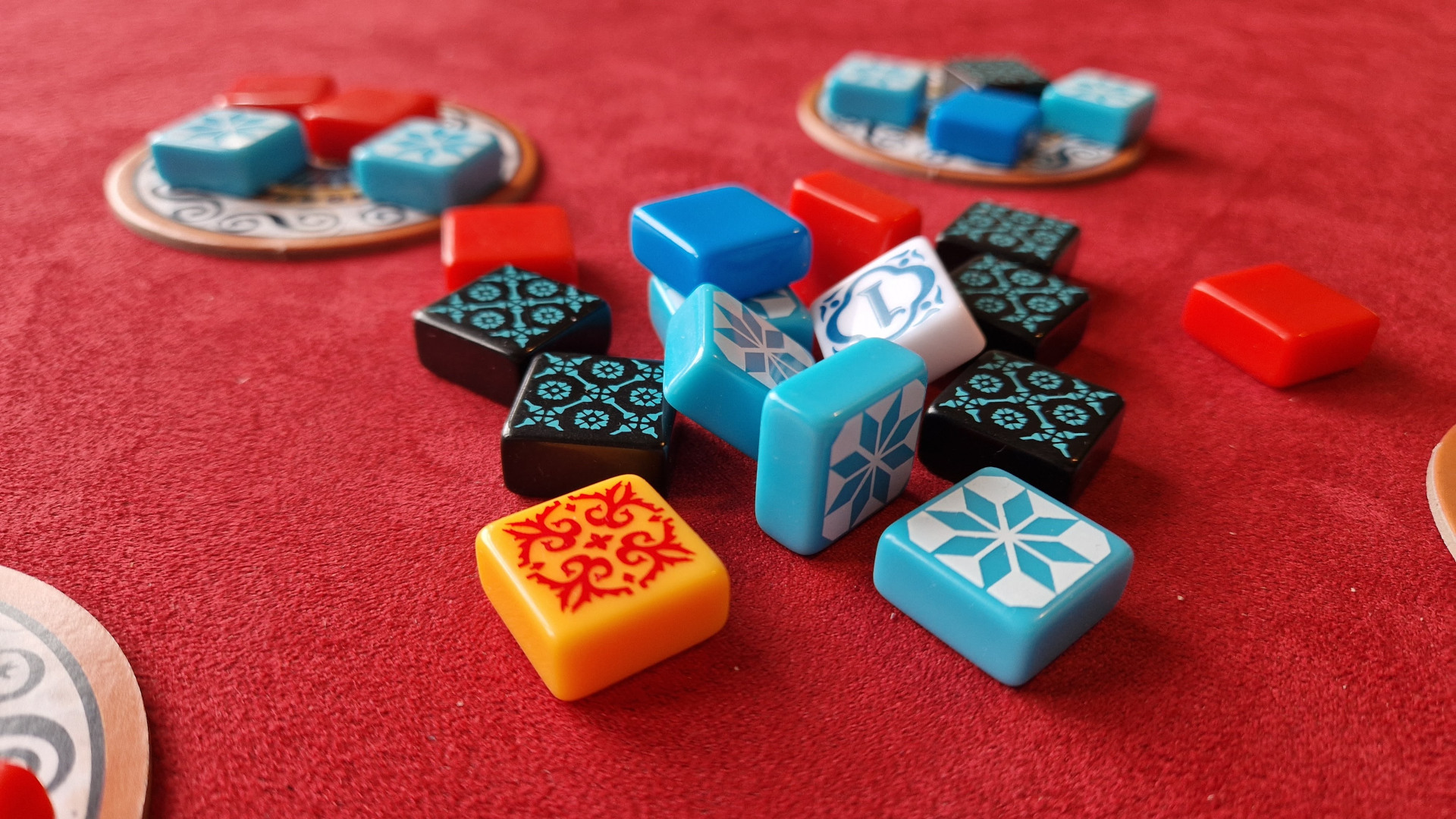
Leave a Reply